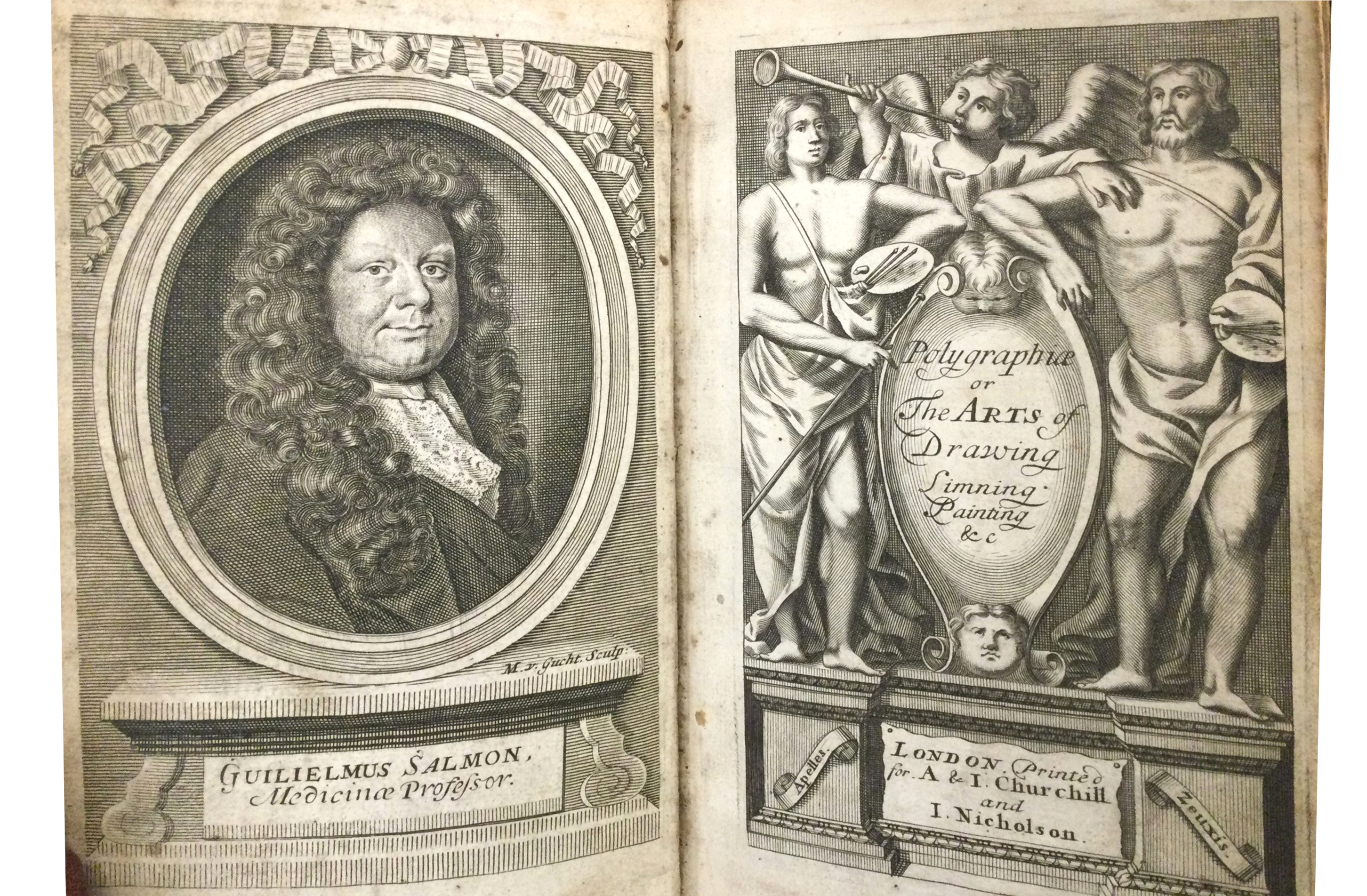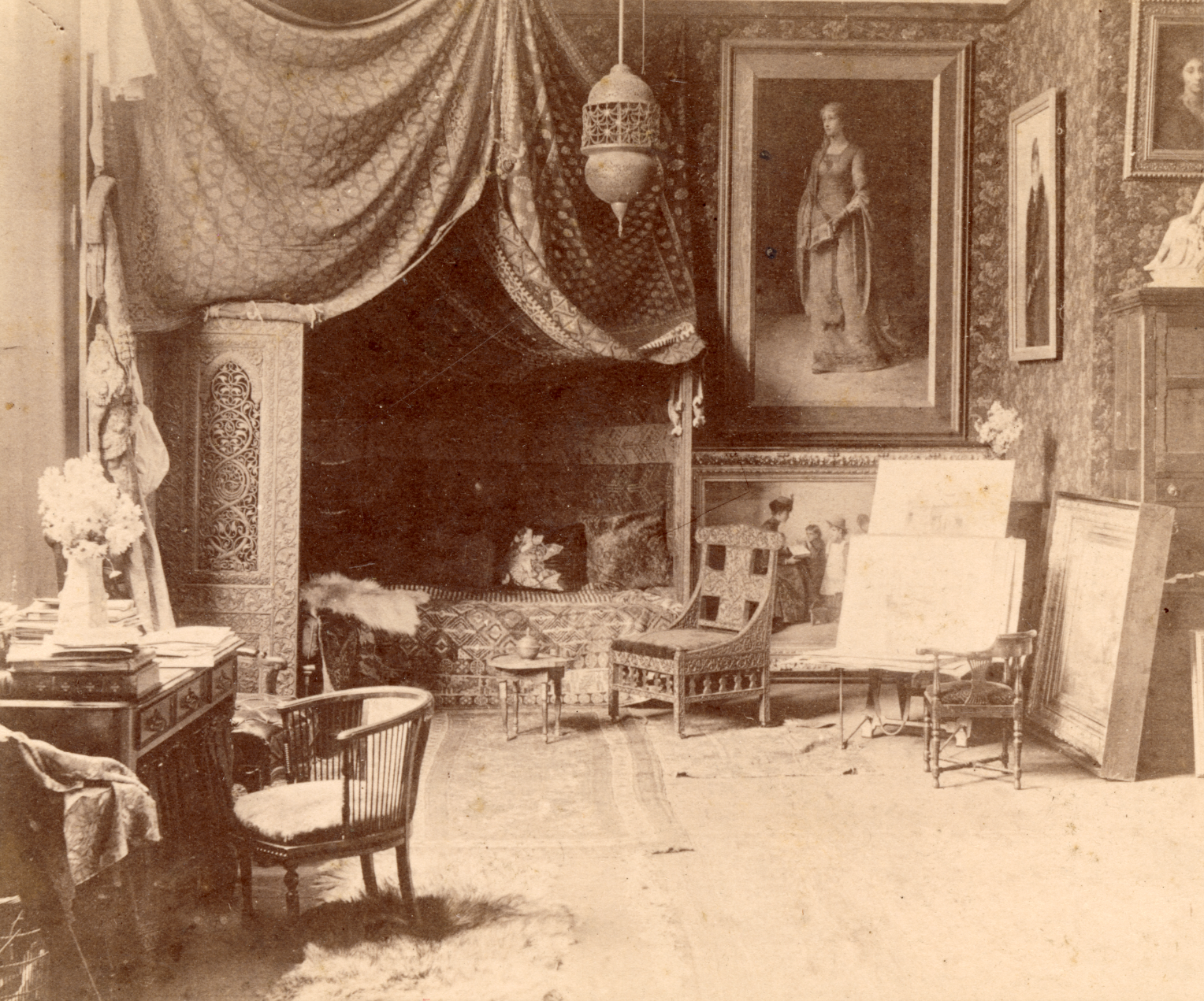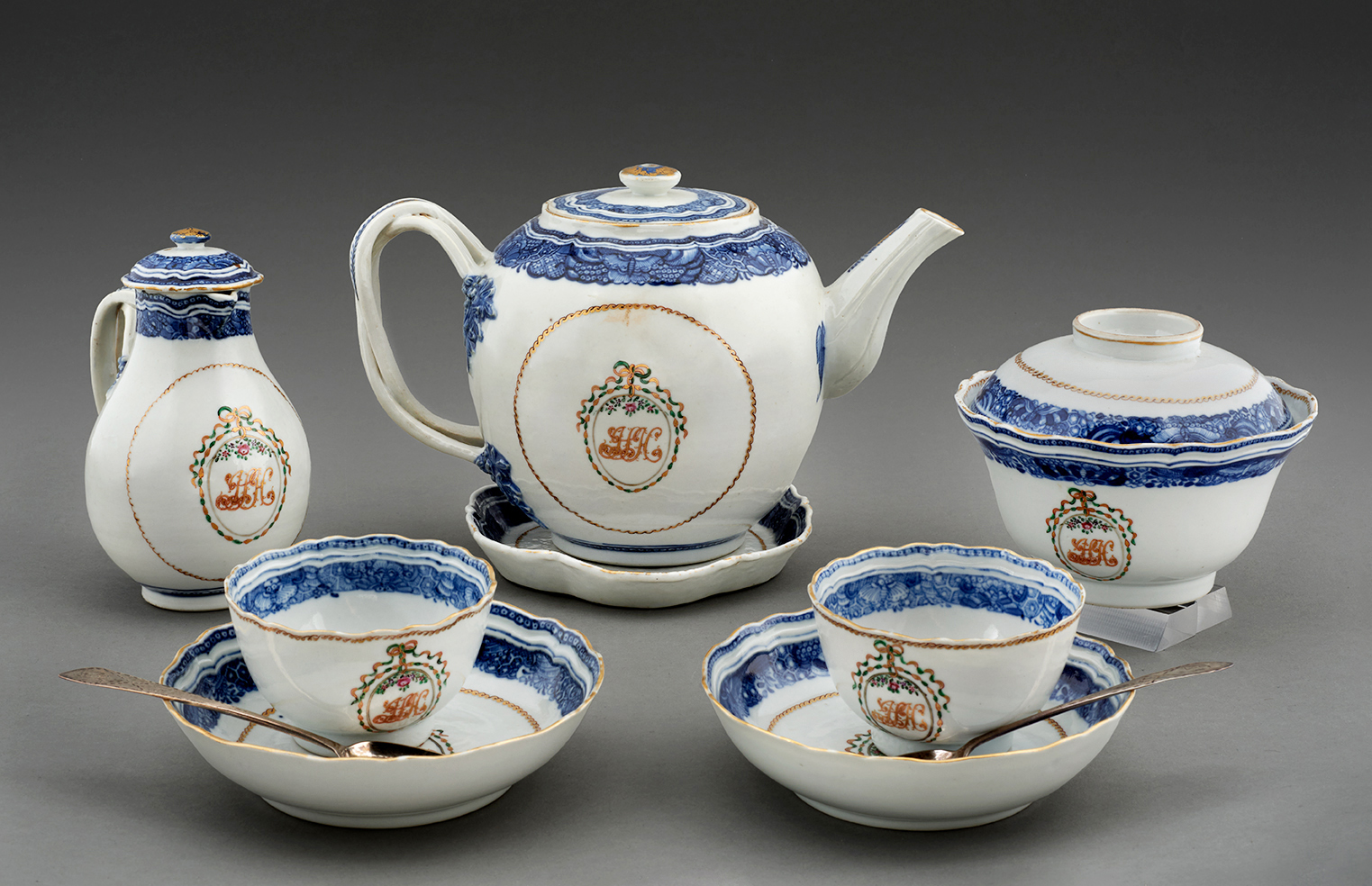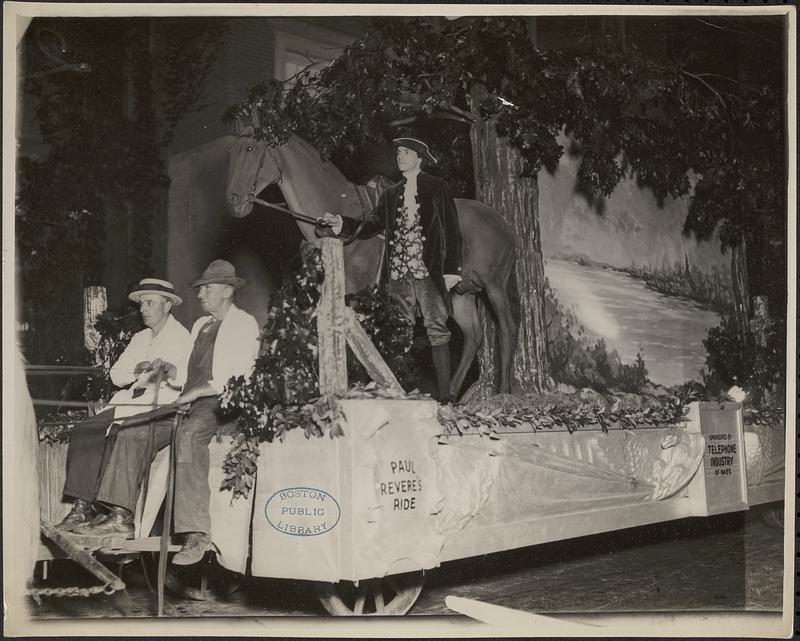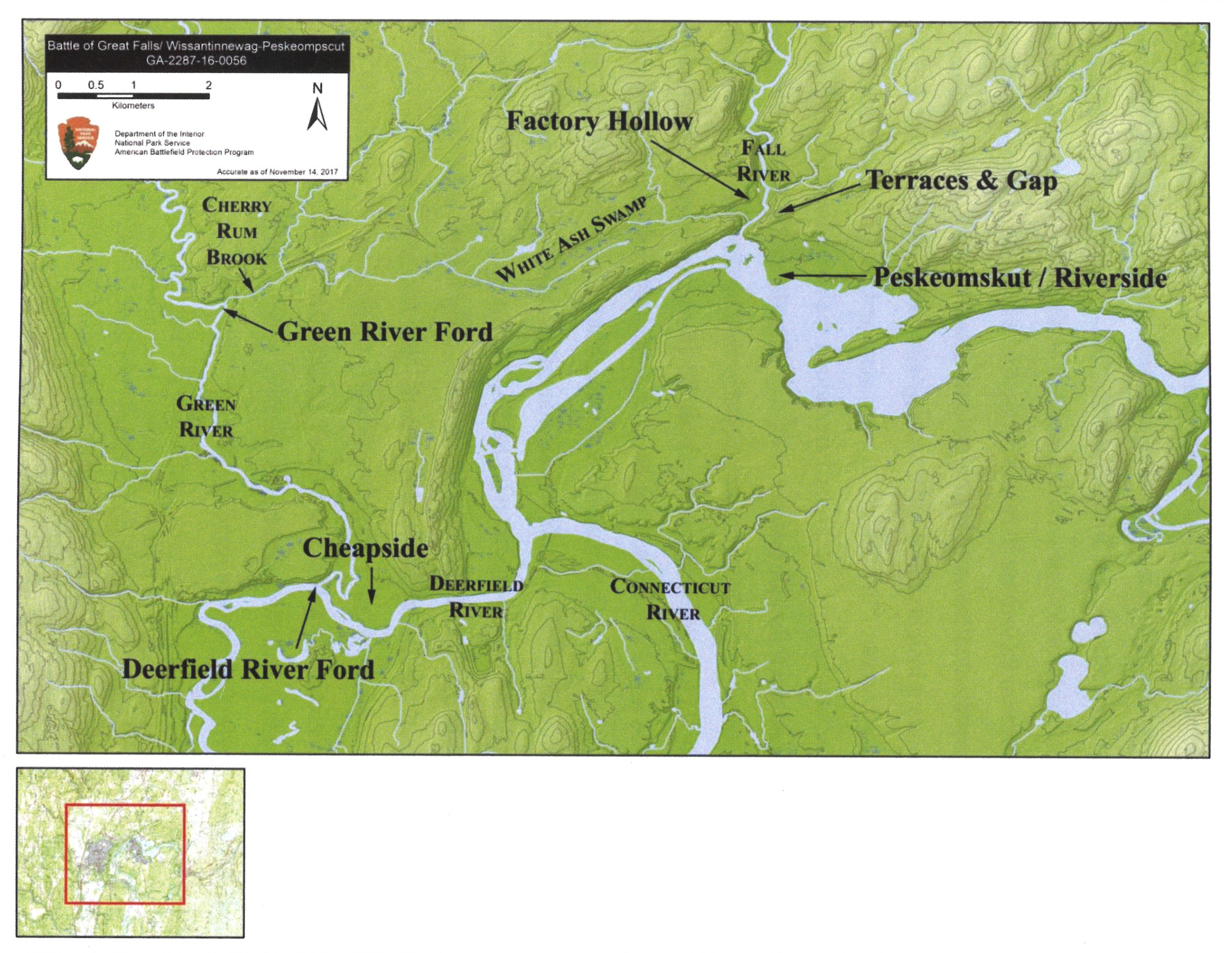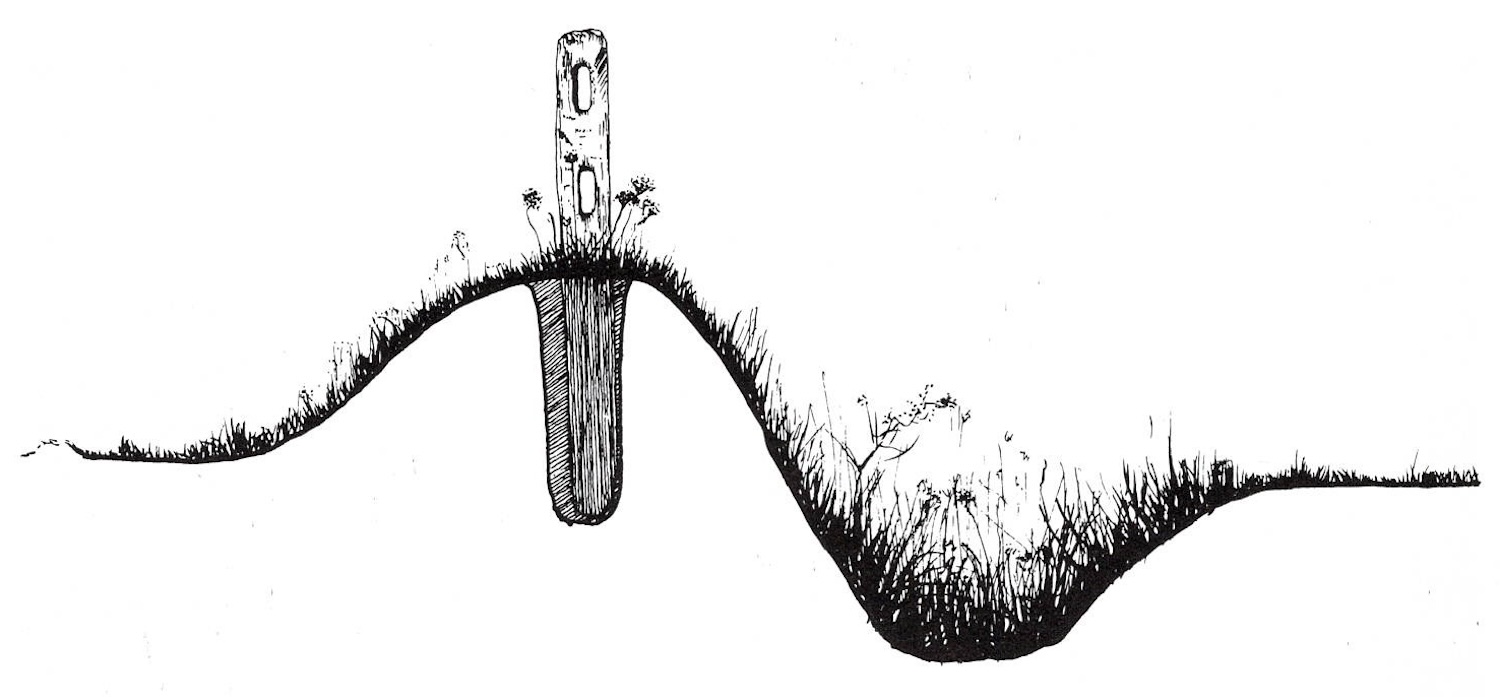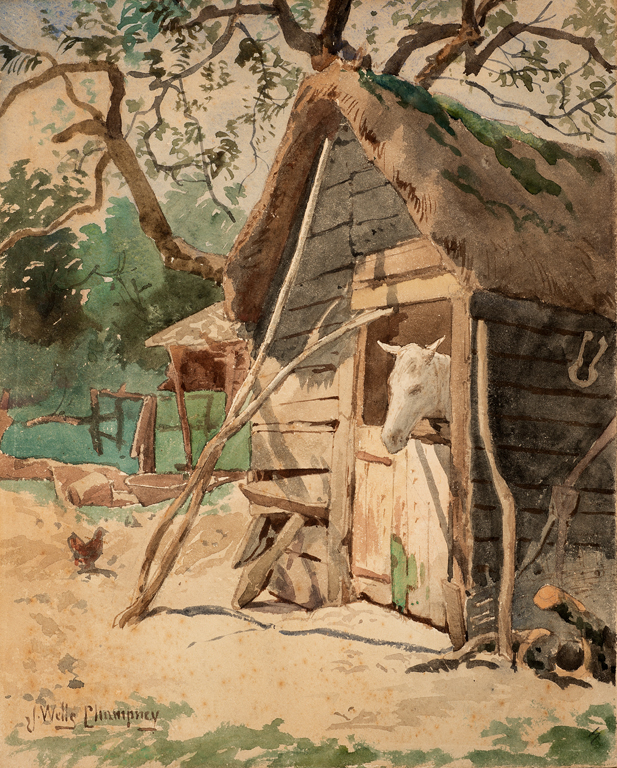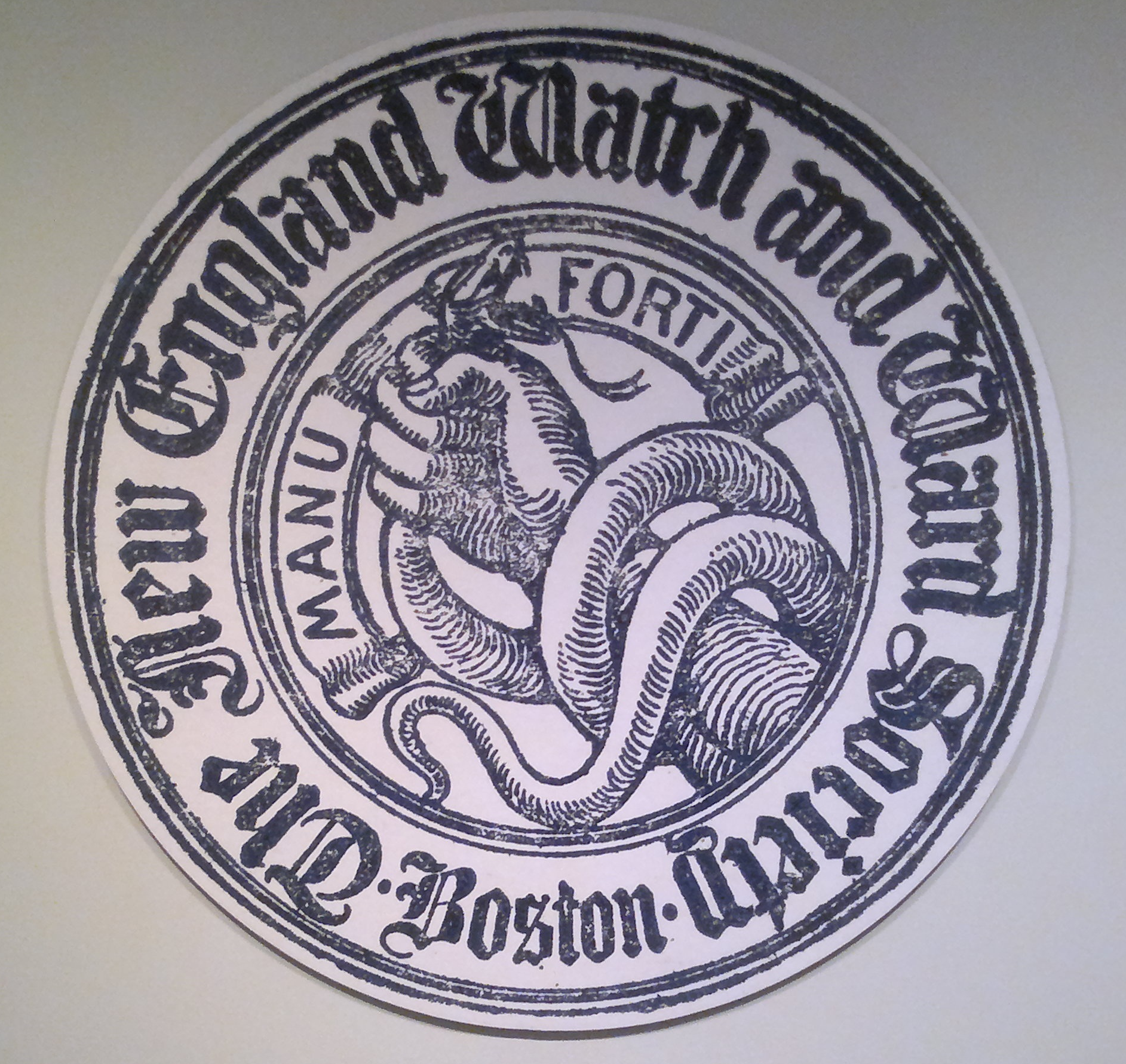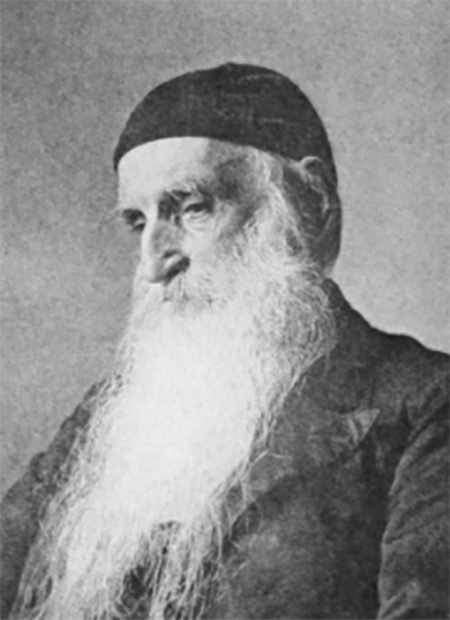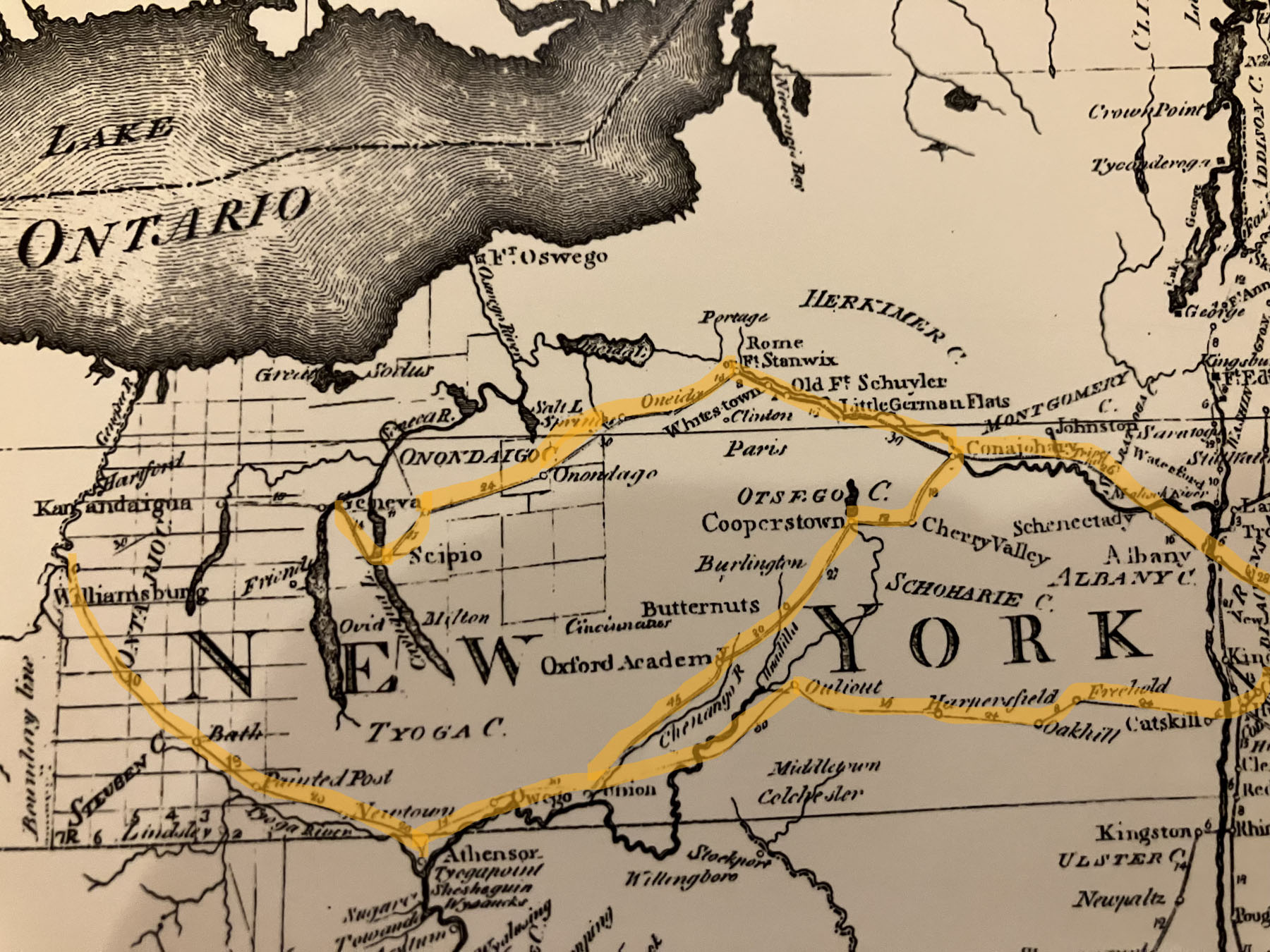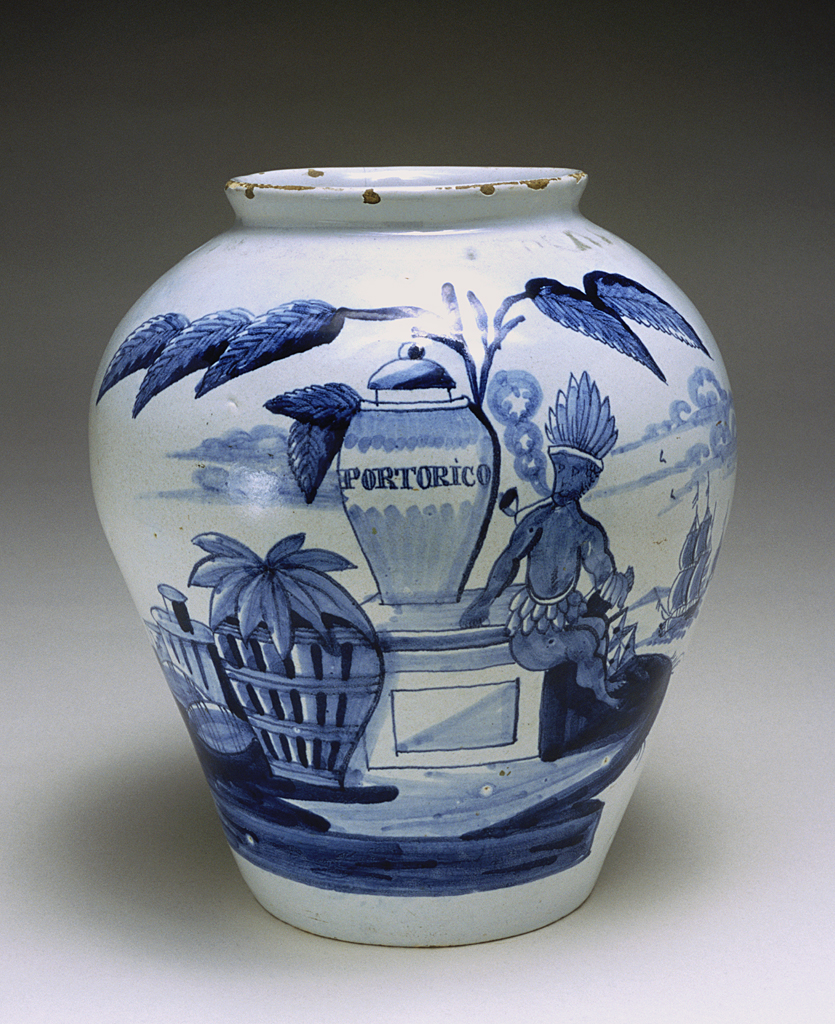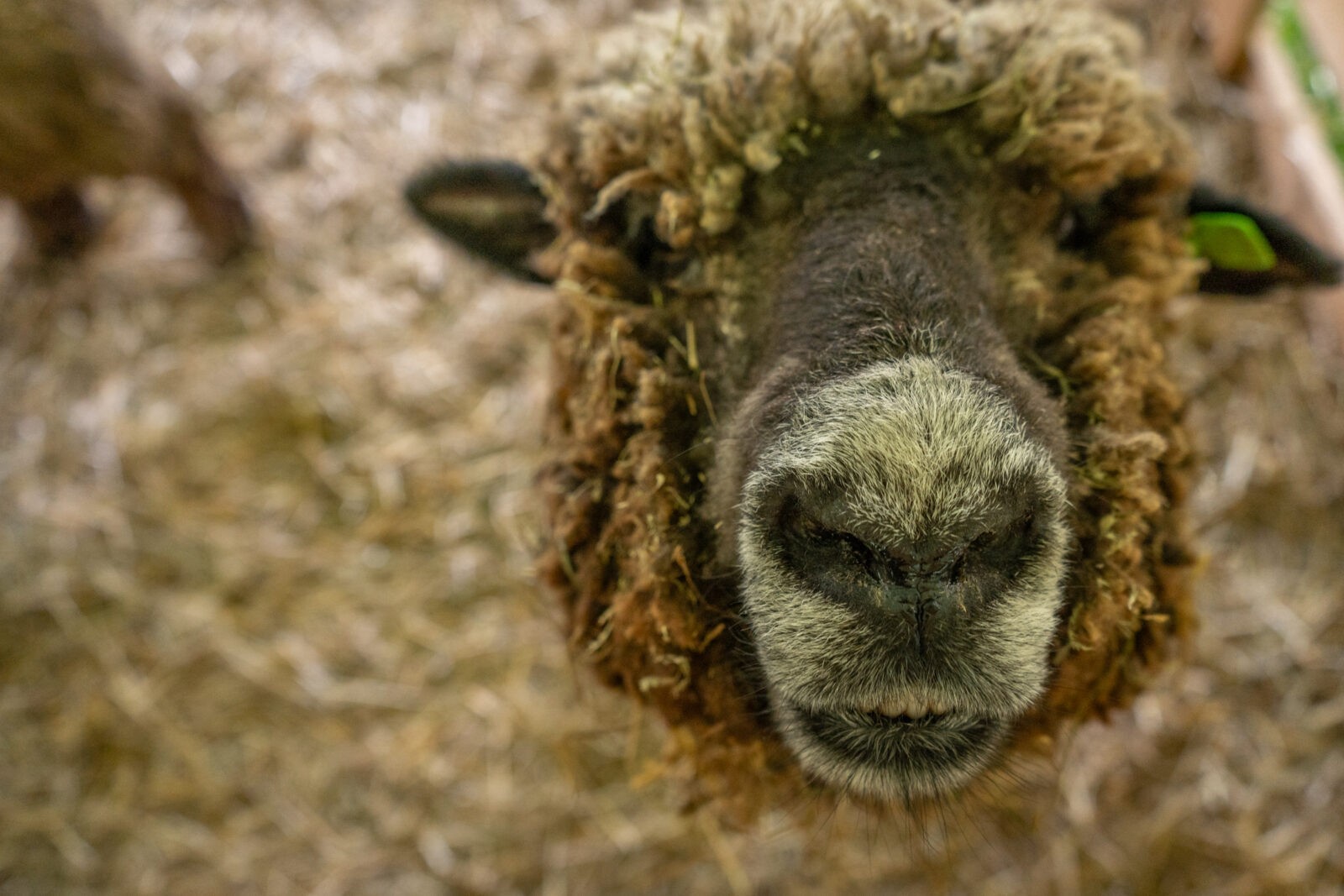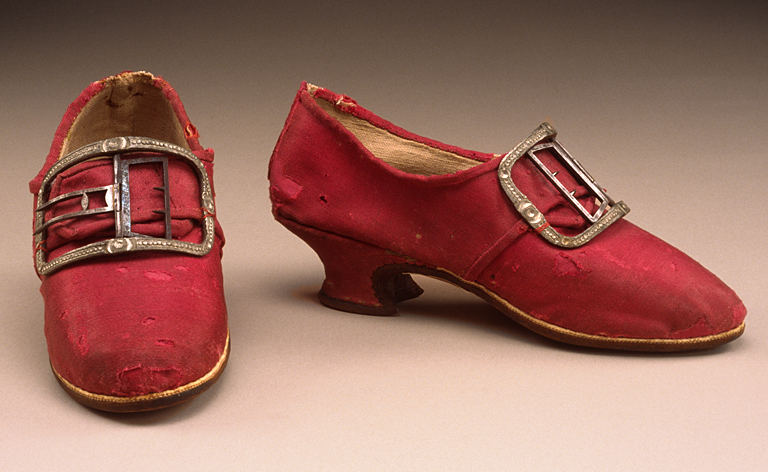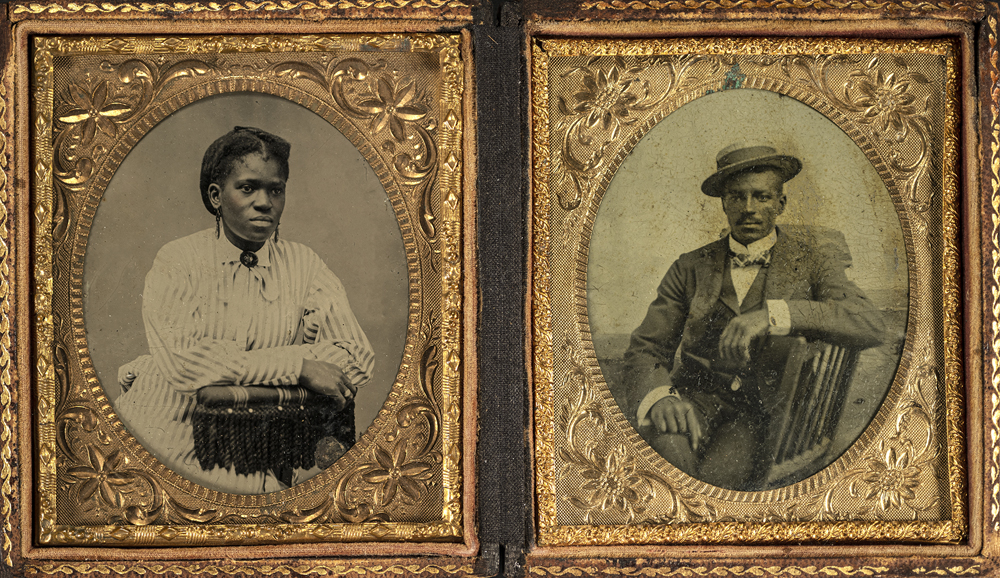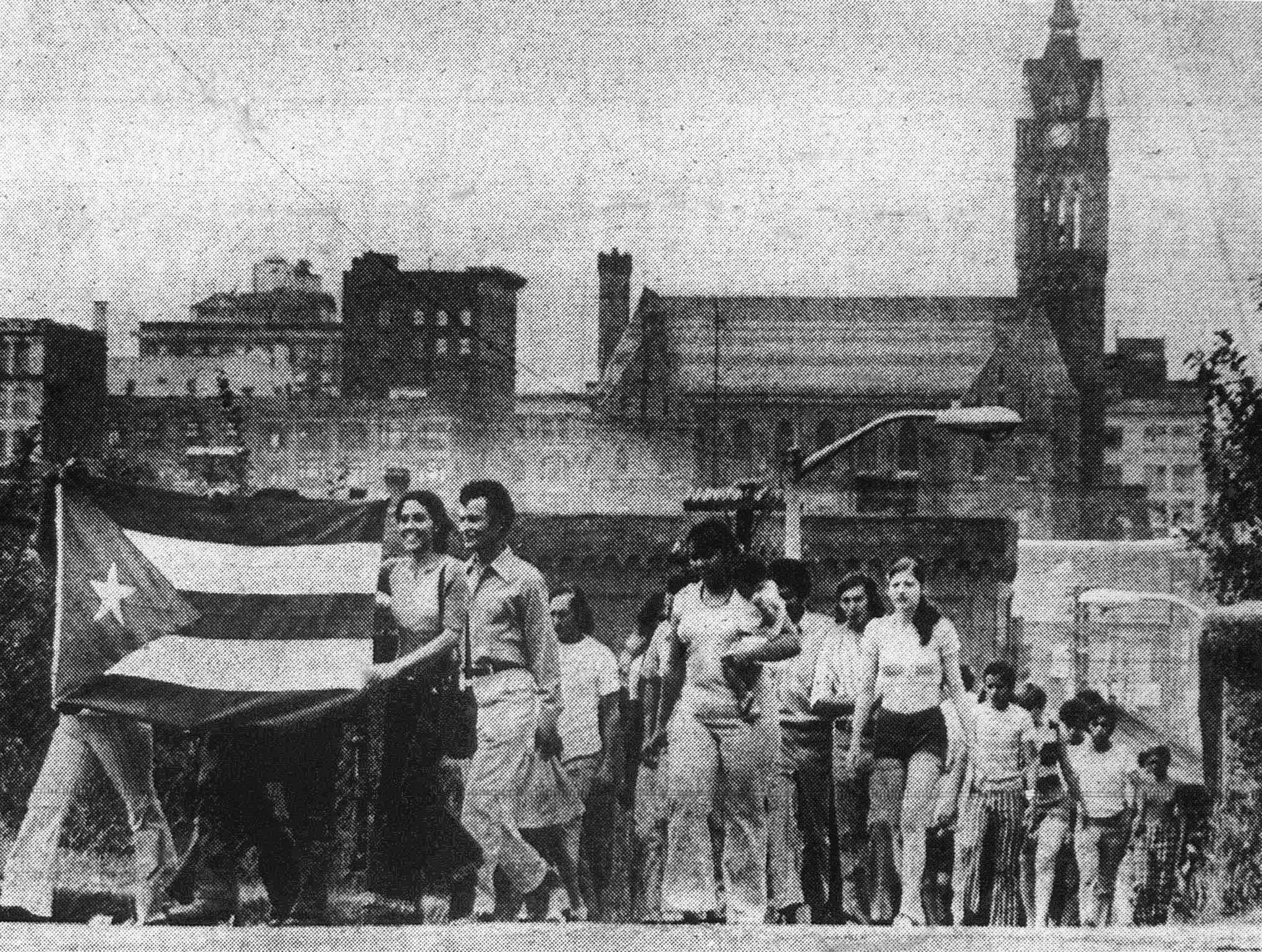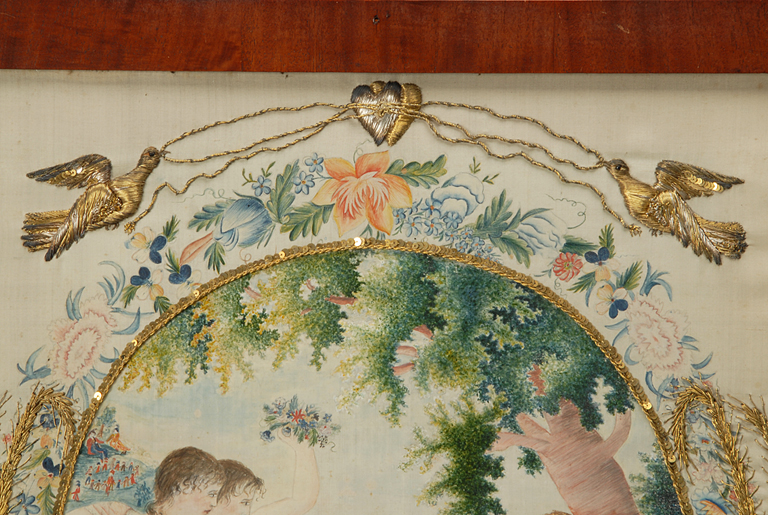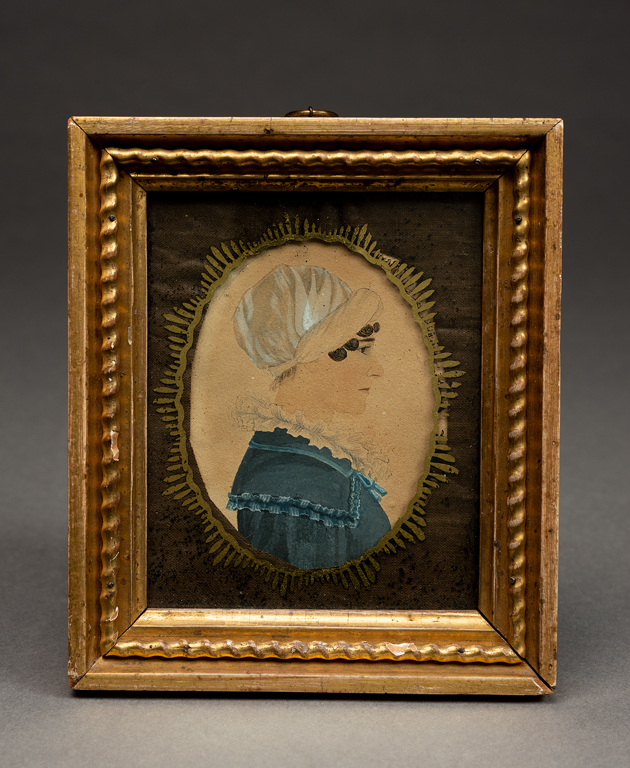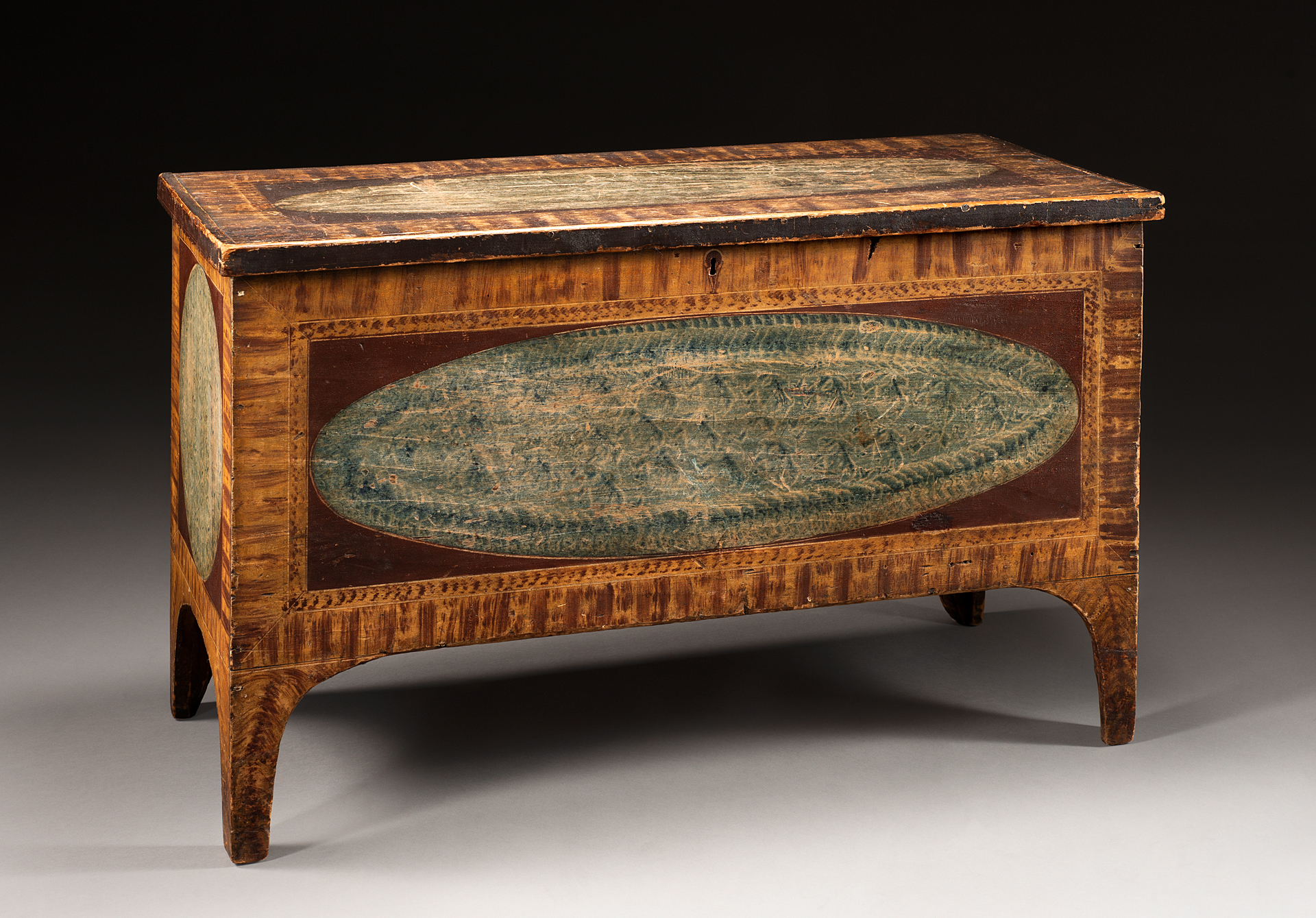Depicting a book’s author has a long history; the first printed book to include a portrait appeared in Milan, Italy in 1479.
The Village Broadside
The Blog of Historic Deerfield
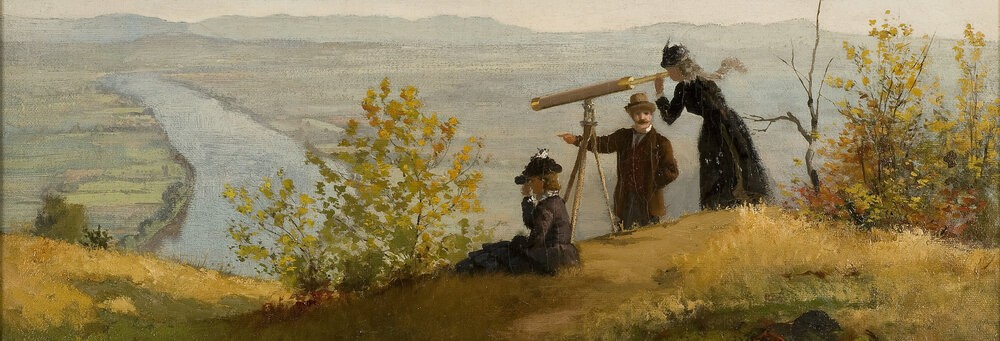
Call for Papers — Fashioning the Body: Dress in New England, 1600–1900
In conjunction with a new exhibition, Body by Design: Fashionable Silhouettes from the Ideal to the Real, opening May 3, 2025, Historic Deerfield will organize a Fall Forum, “Fashioning the Body: Dress in New England 1600–1900,” that aims to examine men’s and women’s fashion through a specific New England lens by convening a group of experts in the field to explore the rich history of dressing the body in this region. Paper submissions are due May 3, 2025.
An Invitation to James Wells Champney’s Studio
Known today as one of Deerfield’s most important resident 19th-century artists, Champney split his time between the New England town and New York City. In 1879, he opened a studio in New York, first at 337 Fourth Avenue and then later moving to 96 Fifth Avenue (near Union Square). While Deerfield served as a space to engage with 18th-century material culture and the colonial past, New York offered Champney greater exhibition opportunities. When working in the city, he immersed himself in numerous art clubs, societies, and associations.
Spilling the Tea: Loyalism and Tea-Drinking in Revolutionary Deerfield
As was the case with many cities and towns throughout the North American colonies, political, economic, and ideological differences divided Deerfield during the American Revolution. It is estimated that one-fifth of the colonial population in British North America supported England during the war, though several colonists relaxed their loyalist leanings as military conflict progressed.
Call for Papers — 2025 Dublin Seminar for New England Folklife
The Dublin Seminar for New England Folklife is pleased to announce the subject of its 2025 gathering, Recalling the Revolution in New England, to be held June 27–28 at Historic Deerfield. The conference keynote will be provided by Dr. Zara Anishanslin of the University of Delaware, author of the forthcoming book The Painter’s Fire: A Forgotten History of the Artists who Championed the American Revolution.
What Really Happened at the 1676 Falls Fight?
On the dark and threatening night of May 18, 1676, Captains William Turner and Samuel Holyoke set out from Hatfield and Northampton with roughly 150 men, mostly young farmers from the Connecticut River Valley. They headed north through the burned-down town of Pocumtuck, the village now known as Deerfield. They were headed for the falls at Peskeompskut, sometimes known as Deerfield Falls. Turner, at 63, was sickly and feeble after spending 5 years in a Puritan prison for being a Baptist. He had asked to be relieved of this command. Massachusetts Bay Colony refused. He didn’t know, but likely suspected, that he was to meet his destiny the following day.
Investigating An Embroidered Waistcoat
A waistcoat in Historic Deerfield’s collection is just one of over 8,000 items that comprise the museum’s collection of textiles and historic fabrics. The waistcoat is made of a cream silk, decorated with Chinese embroidery of plants and a variety of birds. The designs on these incredibly fine embroideries were often inspired by real plants and animals, such as the Ring-necked Pheasant and the Persian silk tree. However, on the whole these flora and fauna are decorative, not scientific, and like their European painted counterparts they tend towards being composites of various plants or several species of bird at once.
Deerfield Common Field Fence
One of the most remarkable historic features of Deerfield, Massachusetts is the survival of the common fields on the meadows surrounding the original English village. The Meadows’ fertility has served the needs of human occupants for thousands of years, although the strategies for planting and harvesting changed as English settlers occupied the raised terraces on the eastern and western sides of the Meadows.
Keeping Your Cool: The Impact of Clothing on the Body in Late 18th-Century Summers
When days get steamy, many of us in the modern era have a set routine. We may turn our air conditioning units to maximum cold, go swimming, or wear the lightest amount of clothing possible while still being acceptable. However, these techniques were either impossible or inappropriate in the late 1700s. Does this mean that people suffered through their farm work under many layers of fabric? For my summer project as an intern with the Historic Deerfield Museum Education department, I set out to investigate this issue.
Banned in Boston: Histories of Artistic Censorship in New England
We invite papers that explore the contours of artistic censorship in New England from the 17th to the 21st centuries. We are interested in a broad range of papers that address both the activities of censors — their philosophical and intellectual foundations, acquisition of power, strategies of implementation — and reactions to censorship by individuals or groups in the form of public protest, legal remedies, legislative change, or education/marketing campaigns.
American Presidential Politics and Deerfield Historian George Sheldon
In 1896, Deerfield historian George Sheldon (1818–1916), while reflecting on the hyper-partisanship noted in Deerfield resident David Hoyt, Jr.’s letters of an earlier time, wryly commented, “Before me lies a letter written in one of those periods, familiar to old men: ‘A crisis in the affairs of the country.’ We smile as we read the customary statement that, ‘on the result of this election, as on that of no other since the government was founded, does the life of the nation depend.’”
Go West Young Man, Go West
In 1805, after eight years as a Deerfield tavernkeeper, Erastus Barnard, his wife Sally, and their three small children moved to Canandaigua, New York. What prompted this long-distance move and how did he gain enough confidence to do this? The answers lie in the flow of information to and from the Connecticut River Valley via personal communions and letters and newspapers through the new United States Postal System.
Fragile Commodities: Dutch Delftware and Representations of Empire
The origins of blue and white delftware are linked to the Dutch trading empire, led by its financially and militarily powerful East India Trading Company (Vereenigde Oostindische Compagnie, or VOC). In the 17th century, delftware began to be modeled after popular Chinese ceramics, which were brought to the Dutch Republic in large numbers once the VOC had established a strong presence in East and Southeast Asia.
GALLERY: Wooly Wonders 2024
Historic Deerfield welcomed visitors of all ages to “Wooly Wonders,” from May 18-19, 2024. The annual celebration invited guests to learn about rare heritage breed sheep, including the Lincoln Longwool, Shetland, Merino, and Romney Marsh sheep, as well as demonstrations of sheepdog herding, hand-shearing, spinning on historic wheels, and weaving.
Call for Papers — Coloring New England’s Past
Interest in the history of color has been growing in recent decades, but few studies have examined color’s impact on specific cultural regions, such as New England. Historic Deerfield’s 2024 Fall Forum, Coloring New England’s Past (to be held in Deerfield on September 13-14, 2024) aims to address and examine this topic by convening a group of experts in the field to explore the vast subject of color and its history. Historic Deerfield invites paper proposals for its two-day forum. Submissions due by June 3, 2024.
Historic Deerfield to Host Second Venue of American Folk Art Museum’s Unnamed Figures Exhibition
Historic Deerfield is thrilled to announce that it will be the second and only other location for the American Folk Art Museum’s exhibition, Unnamed Figures: Black Presence and Absence in the Early American North. The exhibition will be on view at Historic Deerfield’s Flynt Center of Early American Life from May 1 to August 4, 2024.
Enduring Legacies of Puerto Rican Labor in the Connecticut River Valley
Visitors driving into Deerfield or through the Connecticut River Valley may notice throughout their journey long wooden barns once used for drying tobacco leaves. These architecturally simple monuments lent their inspiration to the design of the Flynt Center of Early New England Life at Historic Deerfield. Though now largely abandoned, tobacco barns recall the cultural legacy of Puerto Rican labor in New England, creating the Valley’s first Latino communities.
Lineages of Female Makers in the Connecticut River Valley
Image: (Detail) Sarah Leavitt, embroiderer, Pole Screen, 1810. Metallic silk thread, off-white plain weave silk, metallic sequins, watercolors. 2007.19
In the early decades of the 19th century, young white women at academies and seminaries across New England spent their days mastering foundational arithmetic, reading, and geography while also diligently learning the decorative arts to develop morals and artistic skills. One particularly important hub for the making and teaching of these ornamental arts was the Connecticut River Valley.
Historic Deerfield Receives Gift of Rufus Porter Art
Image: Portrait Miniature of Sarah Hilliard. Attributed to Rufus Porter (1792– 1884) Cambridge, Massachusetts, ca. 1825. Watercolor, gouache, and graphite on paper. Gift of Juliene and Carl M. Lindberg 2023.8.10
This large-scale acquisition includes several components related to Rufus Porter’s career as an artist, inventor, and publisher. A significant portion of the gift comprises close to thirty miniature portraits attributed to Porter and illustrates his entire career as an artist.
Historic Deerfield Debuts Vermont Furniture Exhibition
Image: Blanket Box (c. 1825) from the workshop of Thomas Matteson. Eastern white pine and paint. Gift of Patricia Passmore Alley and F. William Alley (2023.9.10)
The recent recipient of a generous donation of Vermont furniture and related decorative arts from the collection of William and Patricia Passmore Alley, Historic Deerfield is pleased to announce the opening of a new exhibition, Vermont Furniture from the Alley Collection.
